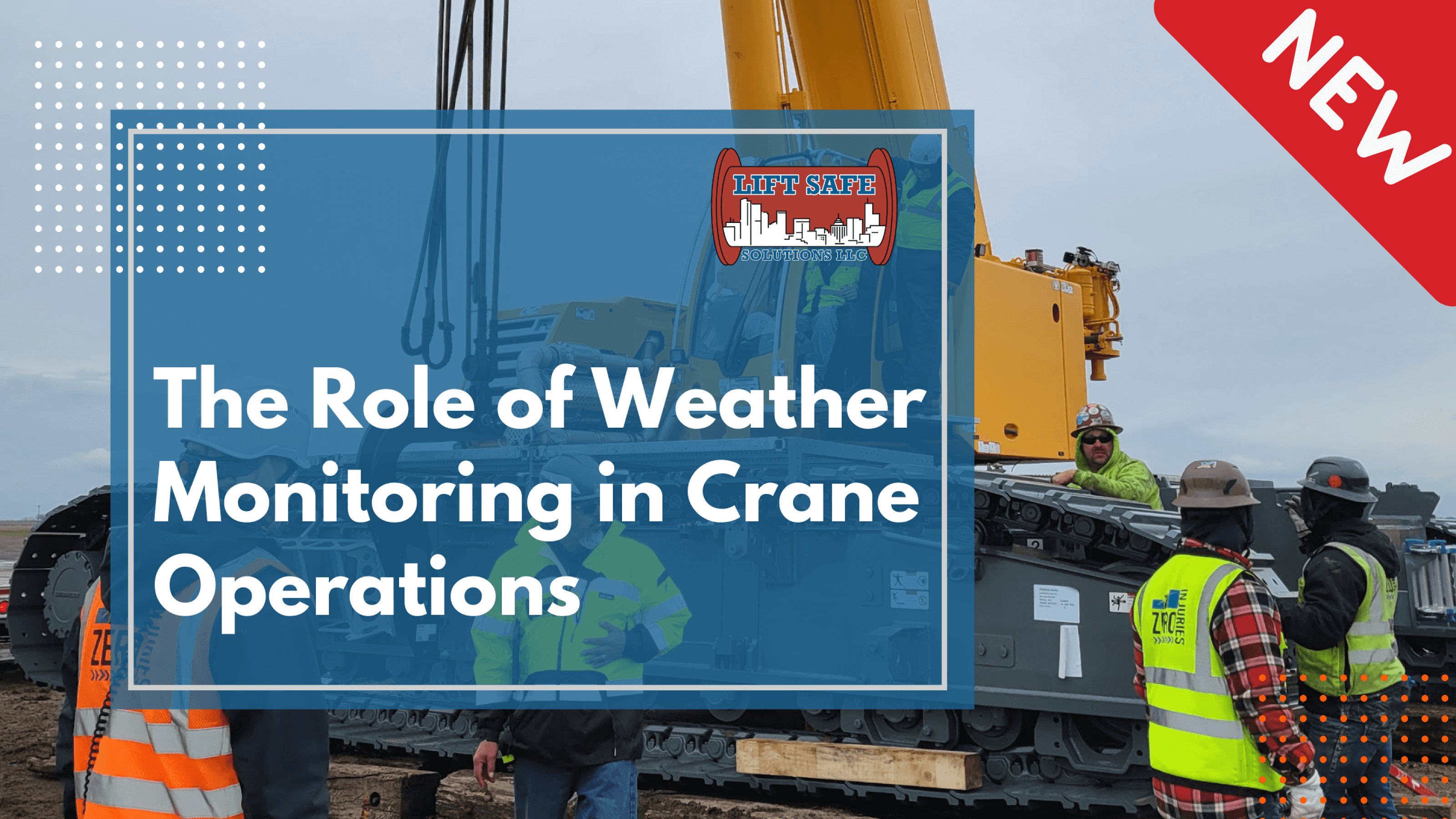Weather is one of the most unpredictable factors on any construction site, yet it has a direct impact on crane safety and performance. High winds, lightning, and sudden storms can turn even the most routine lift into a dangerous situation. This is why weather monitoring should be considered a critical part of every lifting operation. By tracking conditions in real time, companies can make informed decisions that protect workers, equipment, and project timelines.
The Hidden Dangers of Wind on Crane Stability
Wind is one of the most significant weather risks for crane operations. Even moderate gusts can affect load stability, swing radius, and boom control. When operators are unaware of wind speeds or fail to act quickly, the risk of tipping or uncontrolled movement increases dramatically. A crane designed to handle heavy loads under calm conditions may not be safe when wind resistance is factored in. Continuous monitoring allows crews to pause lifts before wind speeds reach unsafe levels, preventing accidents before they happen.
Lightning and Storms: Risks Beyond the Obvious
While it is common knowledge that cranes are vulnerable to lightning due to their height and metal structure, storms create additional hazards that are sometimes overlooked. Heavy rain can reduce visibility, weaken soil conditions, and cause slick surfaces that make setup unsafe. Thunderstorms can form quickly, giving crews little time to react without proper monitoring systems in place. By using advanced weather tracking tools, companies can anticipate storms and secure equipment in advance rather than scrambling in the moment.
Protecting Workers and Preventing Delays
Weather-related incidents not only threaten worker safety but can also lead to costly delays. A sudden crane shutdown or accident caused by unmonitored conditions can halt operations for hours or even days. This downtime adds pressure to meet deadlines and can strain client relationships. By proactively monitoring weather, project managers can schedule lifts around safe windows of opportunity, reducing interruptions and ensuring smoother project execution. In the long run, this proactive approach saves time and money while keeping crews safe.
Technology That Enhances Weather Awareness
Today’s construction industry has access to sophisticated weather monitoring tools that provide real-time updates on wind speed, lightning strikes, and storm patterns. Mobile apps, on-site sensors, and automated alerts can give crane operators and safety managers the data they need to make quick, informed decisions. Incorporating these tools into daily safety protocols is not just a precaution—it is an essential step toward modern crane safety management.
Conclusion: Weather Awareness Saves Lives and Projects
The role of weather monitoring in crane operations cannot be overstated. From preventing wind-related accidents to anticipating lightning and storms, real-time tracking is vital to protecting workers and maintaining productivity. Companies that treat weather monitoring as a core safety practice demonstrate leadership, responsibility, and professionalism on every job site. At Safe Lift Solutions, we help contractors build stronger safety programs that account for weather risks and keep cranes operating under the safest possible conditions. Trust us to be your partner in protecting both your crews and your projects.
